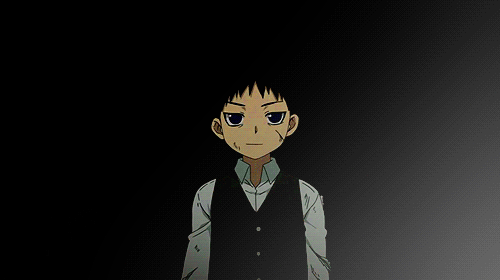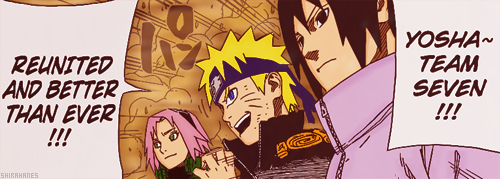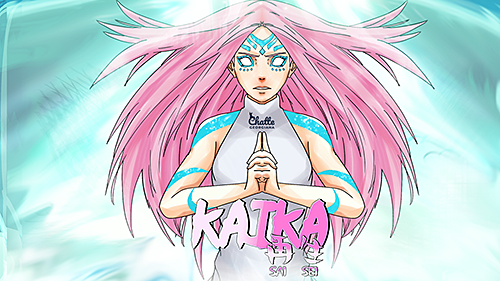Generally, the idea is that the bible and similar religious books and stories are some of the oldest literature on the planet. Not only do most of them have huge storylines in common, they also are extremely prolific worldwide as a result. This si why it's so easy for people to draw parallels between the Kagura story and tales from the Christianity/Hindu/Whatever. While they might not be 100% accuracies it's pretty hard to deny the similarities.
Additionally, authors will "borrow" these story lines and ideas because they are already extremely prolific and well-accepted which, in turn, makes your story more accepted/believable because of it's similarities to a story the reader may already know and/or believe in.
In my humble opinion, it's lazy, cheesy and a total cop-out.
I don't think it's always that. One of my favorite games )Xenogears) used it to great effect, but then it wasn't a case where the makers simply slapped in to explain a single peace of the plot.
I think Kishimoto's use, though, is of the kind you describe. I'd be less bothered a lazy explanation were superior to a no explanation, but
"no explanation" is the better one. We already knew the background of how Senju and Uchiha came to blows. The Sage's existence helped established that origin, but we didn't need to know where the Sage came from. I don't even that it was that important that he be given a name or any identity.



 This topic is locked
This topic is locked
























